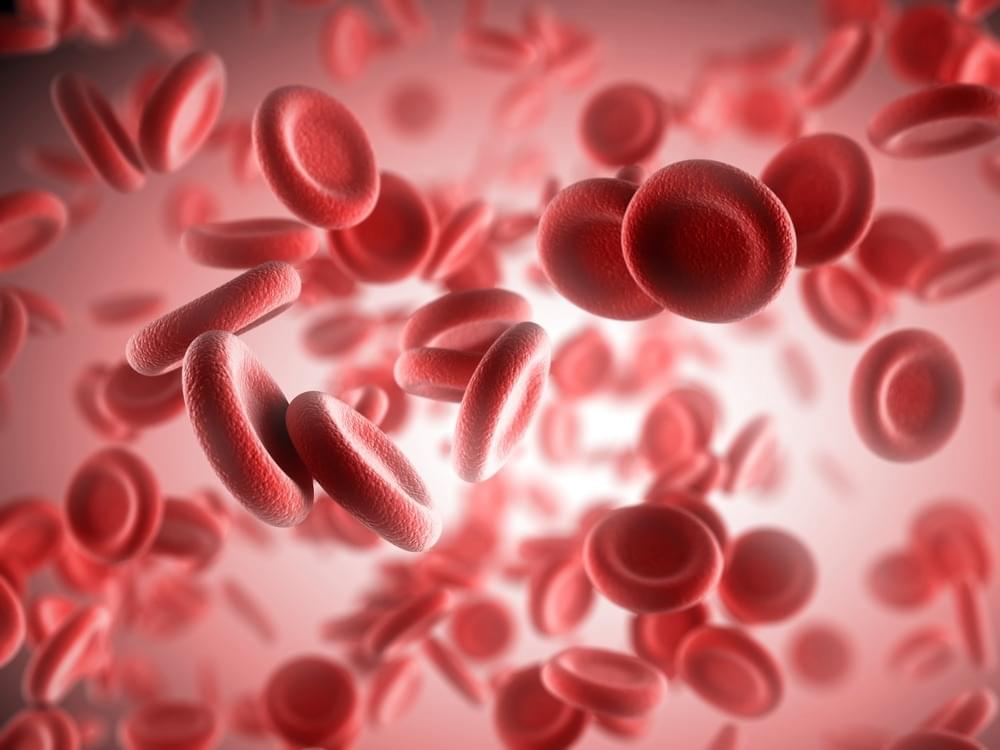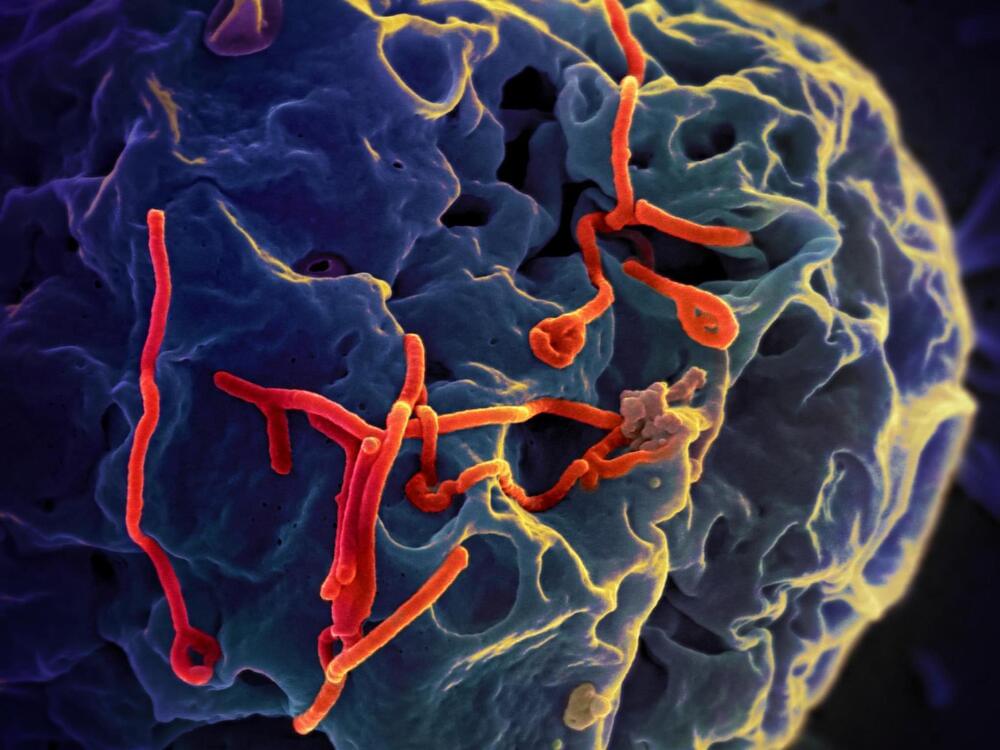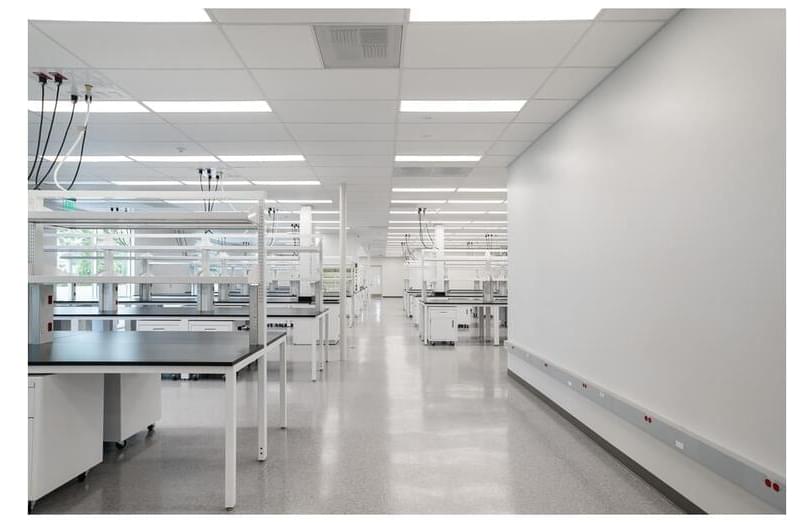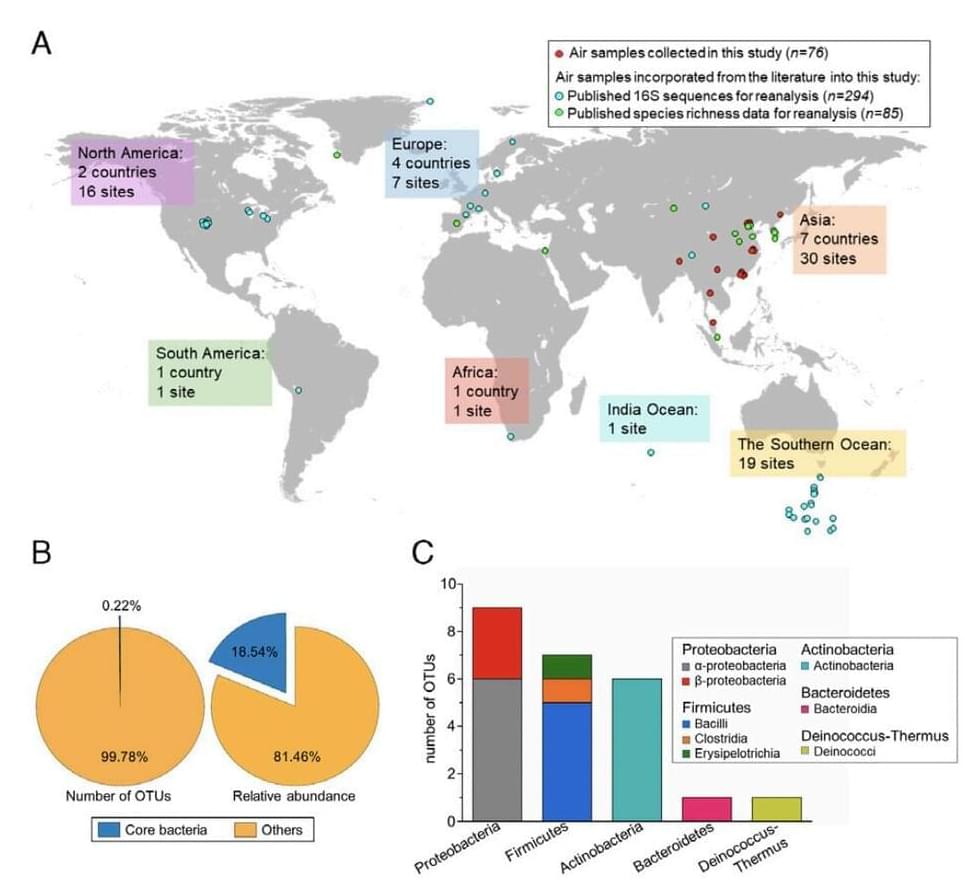Unidentified hackers have stolen the health records of millions of customers of Australian health insurer Medibank, releasing them on the dark web.



Recently, two patients in the United Kingdom received two small doses of lab-grown blood samples as part of the RESTORE trial.
Image Credit: Sashkin / Shutterstock.com
About the RESTORE trial
The RESTORE trial is a single-center, randomized, controlled, phase I cross-over trial that is a joint effort between the National Health Service (NHS) Blood and Transplant (NHSBT) and the University of Bristol. The aim of this trial is to determine whether blood cells manufactured from donor stem cells perform better than red blood cells (RBCs) obtained from the same donor in recipients.

Wearable technology is capable of tracking various measures of human health and is getting better all the time. New research shows how this could come to mean real-time feedback on posture and body mechanics. A research team at Cornell University has demonstrated this functionality in a novel camera system for the wrist, which it hopes to work into smartwatches of the future.
The system is dubbed BodyTrak and comes from the same lab behind a face-tracking wearable we looked at earlier in the year that is able to recreate facial expressions on a digital avatar through sonar. This time around, the group made use of a tiny dime-sized RGB camera and a customized AI to construct models of the entire body.
The camera is worn on the wrist and relays basic images of body parts in motion to a deep neural network, which had been trained to turn these snippets into virtual recreations of the body. This works in real time and fills in the blanks left by the camera’s images to construct 3D models of the body in 14 different poses.

Americans endlessly chatter about what to eat. Low fat, high protein, vegan, ketogenic — but what about electronic? Since the turn of the 21st century, a dedicated group of scientists, engineers, and technologists has been trying to create edible electronics, not necessarily for human nutrition, but rather for medical purposes.
Electronic devices composed of digestible materials that gradually break down in the body over a matter of days could precisely deliver medication inside the body and measure drug uptake. They could monitor symptoms of gastrointestinal disorders and the gut microbiome. They could allow doctors to remotely observe patients’ internal health without a visit to the hospital, further enhancing the telehealth revolution and allowing more people access to healthcare.

Several proteins have been identified in hosts that interact with Ebola virus and primarily function to inhibit the production of viral genetic material in cells and prevent Ebola virus infection, according to a study led by the Institute for Biomedical Sciences at Georgia State University.
Zaire ebolavirus or Ebola virus, an RNA virus pathogen that belongs to the filovirus family, causes outbreaks of severe disease in humans. This public health threat has produced outbreaks where reported case fatality rates ranged up to 90 percent.
The West Africa Ebola virus epidemic from 2013–2016 resulted in more than 28,000 infections and more than 11,000 deaths. Four outbreaks occurred in the Democratic Republic of Congo from 2017–2021 and Ebola virus reemerged in Guinea in 2021.
On 30 January 2020 COVID-19 was declared a Public Health Emergency of International Concern (PHEIC) with an official death toll of 171. By 31 December 2020, this figure stood at 1 813 188. Yet preliminary estimates suggest the total number of global deaths attributable to the COVID-19 pandemic in 2020 is at least 3 million, representing 1.2 million more deaths than officially reported.
With the latest COVID-19 deaths reported to WHO now exceeding 3.3 million, based on the excess mortality estimates produced for 2020, we are likely facing a significant undercount of total deaths directly and indirectly attributed to COVID-19.
COVID-19 deaths are a key indicator to track the evolution of the pandemic. However, many countries still lack functioning civil registration and vital statistics systems with the capacity to provide accurate, complete and timely data on births, deaths and causes of death. A recent assessment of health information systems capacity in 133 countries found that the percentage of registered deaths ranged from 98% in the European region to only 10% in the African region.

Older adults who sleep just five hours a night or fewer have a greater risk of developing more than one chronic disease, new research shows. The findings underscore the importance of healthy sleep patterns throughout life, and especially in middle and old age.
The new study, published in PLOS Medicine, examined sleep duration and its effect on multimorbidity—or the occurrence of more than one chronic condition, like diabetes and cardiovascular disease, at once. People ages 50 or older who slept a total of five hours a night or less were found to have at least a 30% greater risk of multimorbidity.
Prior studies have largely focused on the link between sleep and the development of individual chronic diseases, but it’s been unclear how sleep duration contributes to the development of multiple chronic conditions. The new findings add to growing evidence suggesting that sleep deficiencies can affect health outcomes.

To convert heat into electricity, easily accessible materials from harmless raw materials open up new perspectives in the development of safe and inexpensive so-called “thermoelectric materials.” A synthetic copper mineral acquires a complex structure and microstructure through simple changes in its composition, thereby laying the foundation for the desired properties, according to a study published in the journal Angewandte Chemie.
The novel synthetic material is composed of copper, manganese, germanium, and sulfur, and it is produced in a rather simple process, explains materials scientist Emmanuel Guilmeau, CNRS researcher at CRISMAT laboratory, Caen, France, who is the corresponding author of the study. “The powders are simply mechanically alloyed by ball-milling to form a precrystallized phase, which is then densified by 600 degrees Celsius. This process can be easily scaled up,” he says.
Thermoelectric materials convert heat to electricity. This is especially useful in industrial processes where waste heat is reused as valuable electric power. The converse approach is the cooling of electronic parts, for example, in smartphones or cars. Materials used in this kind of applications have to be not only efficient, but also inexpensive and, above all, safe for health.

SAN DIEGO—(BUSINESS WIRE)— Rejuvenate Bio, today announced the launch of its new office in San Diego, which will help foster and accelerate the discovery and development of gene therapies for human and animal health. The office will support all functions including business development and clinical operations functions.
“San Diego’s life sciences industry is one of the leading biotech hubs in the nation and Rejuvenate exemplifies the spirit of innovation for which the region is known.” Tweet this
“The launch of our new office in this leading biotech hub, allows us to aggressively pursue our business development efforts and leverage the talent and expertise San Diego offers,” said Daniel Oliver, CEO & Co-Founder, Rejuvenate Bio. “This will help with our recruiting efforts, as we launch our first clinical gene therapy trial in humans next year. We look forward to continued development of our pipeline and our team in one of the fastest-growing biotech hubs.”

Microbiomes, microorganisms that populate specific environments, are known to include both beneficial and harmful bacterial species. Understanding how destructive microbiomes originate in changing environments and their effects on both the environment and human health could help to tackle global well-being challenges more effectively.
Researchers at the Hong Kong Polytechnic University and institutions and universities in China and the U.S. have recently carried out a study investigating the compositions and origins of airborne (i.e., transported in the air) microbiomes on Earth. Their findings, published in the Proceedings of the National Academy of Sciences, shows that humans and animals are among the primary sources of global airborne bacteria.
“We spent a total of about nine years on this global study, including drafting the initial proposal, conducting sampling across the world, collecting and processing data, and drafting and revising the manuscript,” Xiangdong Li, one of the leading researchers who carried out the study, told Phys.org. “We established a comprehensive atlas of global airborne bacteria with implications for microbiology, ecology, air pollution, and public health, and we believe that airborne bacteria will attract more and more attention from all sectors of society.”